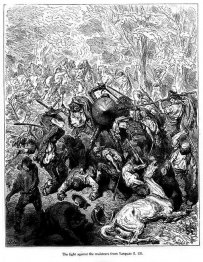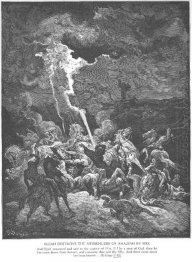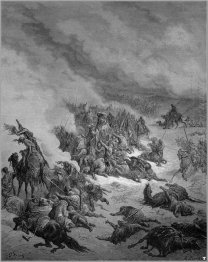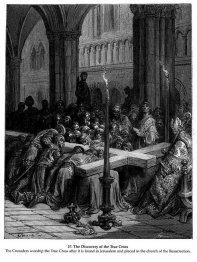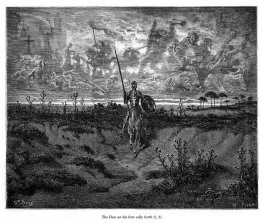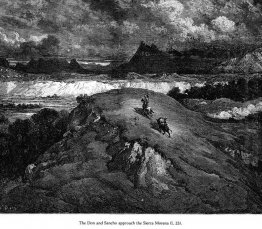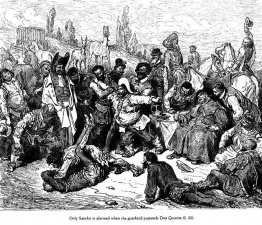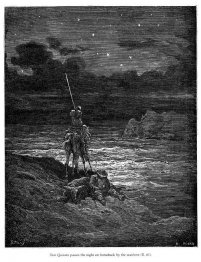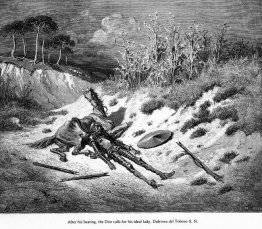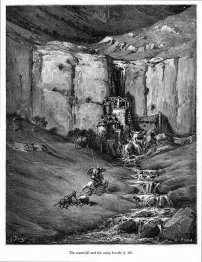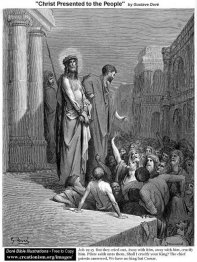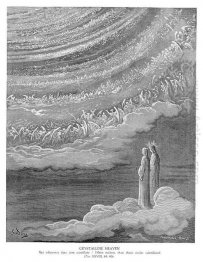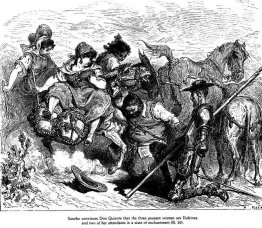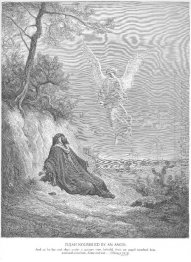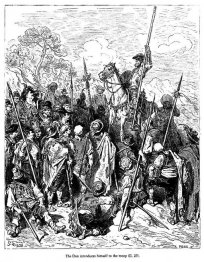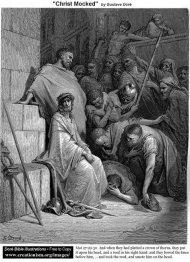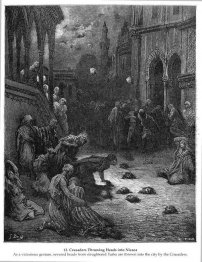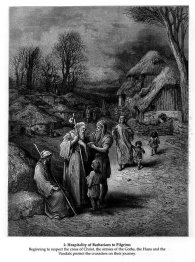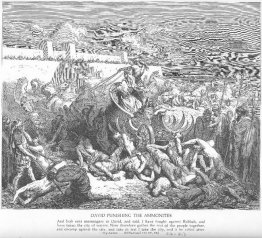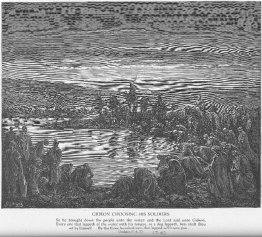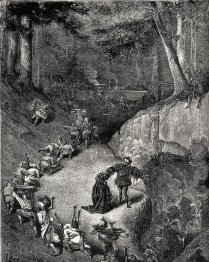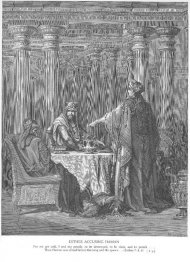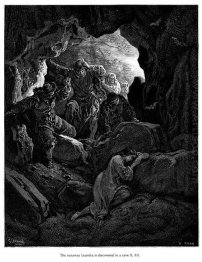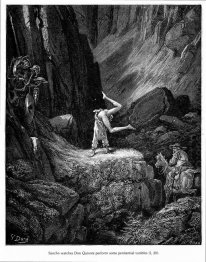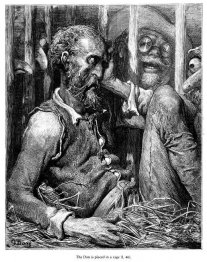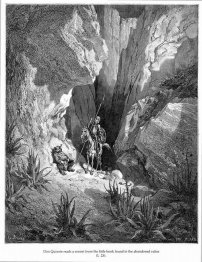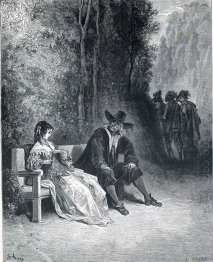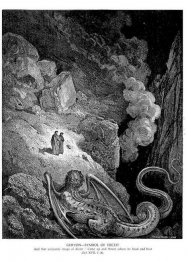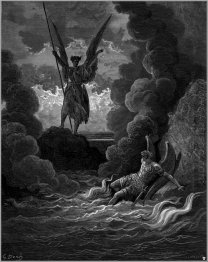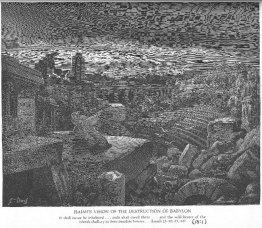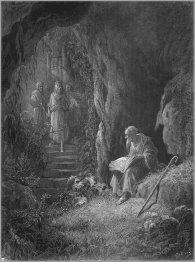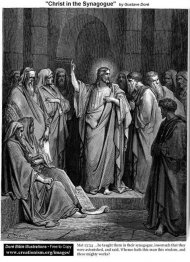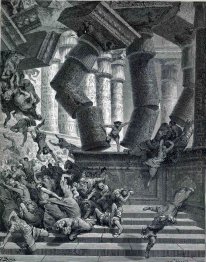Gustave Dore

Gustave Dore was an officer of the Legion of Honor, had attained considerable wealth, and was probably more widely known than any other artist of his day. His name was a household word in two continents. Yet he died a disappointed and embittered man, and is proclaimed by his friends as a neglected and misunderstood genius. He was known the world over as the most astonishingly prolific illustrator of books that has ever lived; he wished to be known in France as a great painter and a great sculptor, and because the artists and critics of France never seriously recognized his claims to this glory, he seems to have become a victim of the mania of persecution, and his naturally sunny nature was over-clouded with moroseness and suspicion. Hailed by some as the emulator and equal of the great names of the Italian Renaissance, and considered a great moral force--a "preacher painter"--by others he has been denounced as "designer in chief to the devil," and described as a man wallowing in all foulness and horror, a sort of demon of frightful power. Both these extreme judgments are English. The late Blanchard Jerrold, an intimate friend and collaborator of the artist, takes the first view. Mr. Ruskin and Mr. Hamerton have taken the second. Dore's own countrymen have never accepted either. Just where, between them, the truth lies, as we see it, we shall endeavor to show in this article.
He was born with a caul on January 6, 1832, in the Rue Bleue at Strasbourg, near the Cathedral. About 1841 his father removed to Bourg, in the Department of Ain, where he was chief government engineer of the department. These two residences of the young artist are supposed to account for the mastery of Gothic architecture and of mountain scenery which his admirers find in his mature work. He showed very early in life a passion for drawing, and, as a small child, had always a pencil in his hand, which he begged to have "sharpened at both ends," that he might work longer without interruption. His father intended him for an engineer, but he was determined from the first to be an artist. He was of a gay and jovial disposition, given to pranks and practical jokes, and of an athletic temperament. Theophile Gautier afterward called him a "gamin de genie."
In 1847 he went to Paris, and from 1848 to 1851 he produced weekly lithographic caricatures for the Journal pour Rire and several albums of lithographs (1847–54). His later fame rested on his wood-engraved book illustrations. Employing more than 40 woodcutters, he produced over 90 illustrated books. Among his finest were an edition of the Oeuvres de Rabelais (1854), Les Contes drolatiquesof Balzac (1855), the large folio Bible (1866), and the Inferno of Dante (1861). He also painted many large compositions of a religious or historical character and had some success as a sculptor; his work in those media, however, lacks the spontaneous vivacity of his illustrations.





